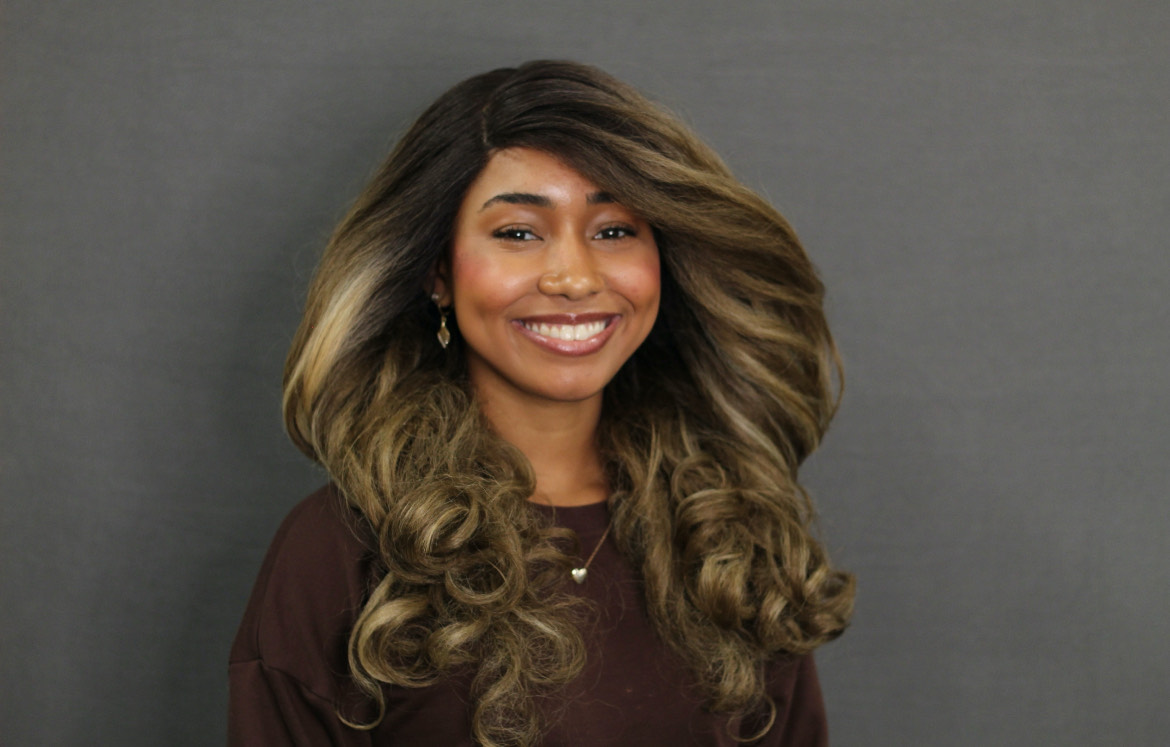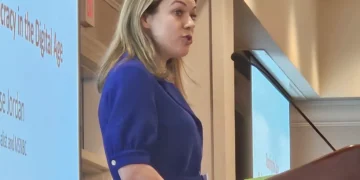
As TikTok continues to grow as a social media platform, we have seen a rise in different trends and how they show up in our everyday lives. TikTok references invade our lingo, and other trends find their way into seemingly unrelated aspects of life.
TikTok Shop, the e-commerce wing of the app, has become incredibly popular in just a few months and now influences what we purchase.
While I do not particularly have an issue with the trends or ability to purchase items on the platform, I think it is crucial to address the role TikTok is beginning to have on culture, social norms and everyday life. The app is pervasive in every sense of the word.
If you have an account, I am sure you have heard of aesthetics. The “gym girl aesthetic” and “soft girl aesthetic” have become not only captions and video topics but also lifestyles.
What do these captions, titles and ideas mean, especially for young girls and women who view them as ideals and images to model themselves after? Are they just that — ideas and “inspo?”
Many of these aesthetics are problematic. The “clean girl aesthetic” trend caused frustration and confusion among many racial and ethnic groups. The trend was centered around slicked-back ponytails, hoop earrings and a simple “natural” makeup look.
Many women of color, particularly Black and Latina women, vocally stated that this “trend” was already a norm within their communities.
Trends and aesthetics are frequently taken from cultures, rebranded and promoted by a new group without giving homage to their true origin. These aesthetics are presented in a way that makes them seem “new” and “trendy” when they are actually distinct cultural looks that have existed for many years.
We have seen this trend in music, hairstyles, African American Vernacular English and many other aspects of what is typically labeled as American culture. For years, the African American and Latino communities have been trendsetters without receiving proper recognition for their creation of ideas and styles.
You can see instances of this in conversations that mislabel some African American Vernacular as Gen Z language, such as when cornrows are renamed or in many other instances of blatant ignorance.
These trends highlight how frequently racial and ethnic groups are exploited for entertainment and robbed of their culture without being seen as the beauty standard or acknowledged as innovators. There is no issue with trends or aesthetics as long as they are harmless and do not contribute to the marginalization of racial groups that have shaped cultural trends for years.
To be clear, TikTok is not the reason this issue exists — rather, it is a platform where these issues are more clearly visible. Even though minority groups have contributed to American society and culture, their contributions are often overlooked or diminished.
Rather than perpetuating the same narratives, the question is: When will we begin to incite the change we hope to see?
Bre’Anna Coleman is a senior political science major at the University of Mississippi.





































